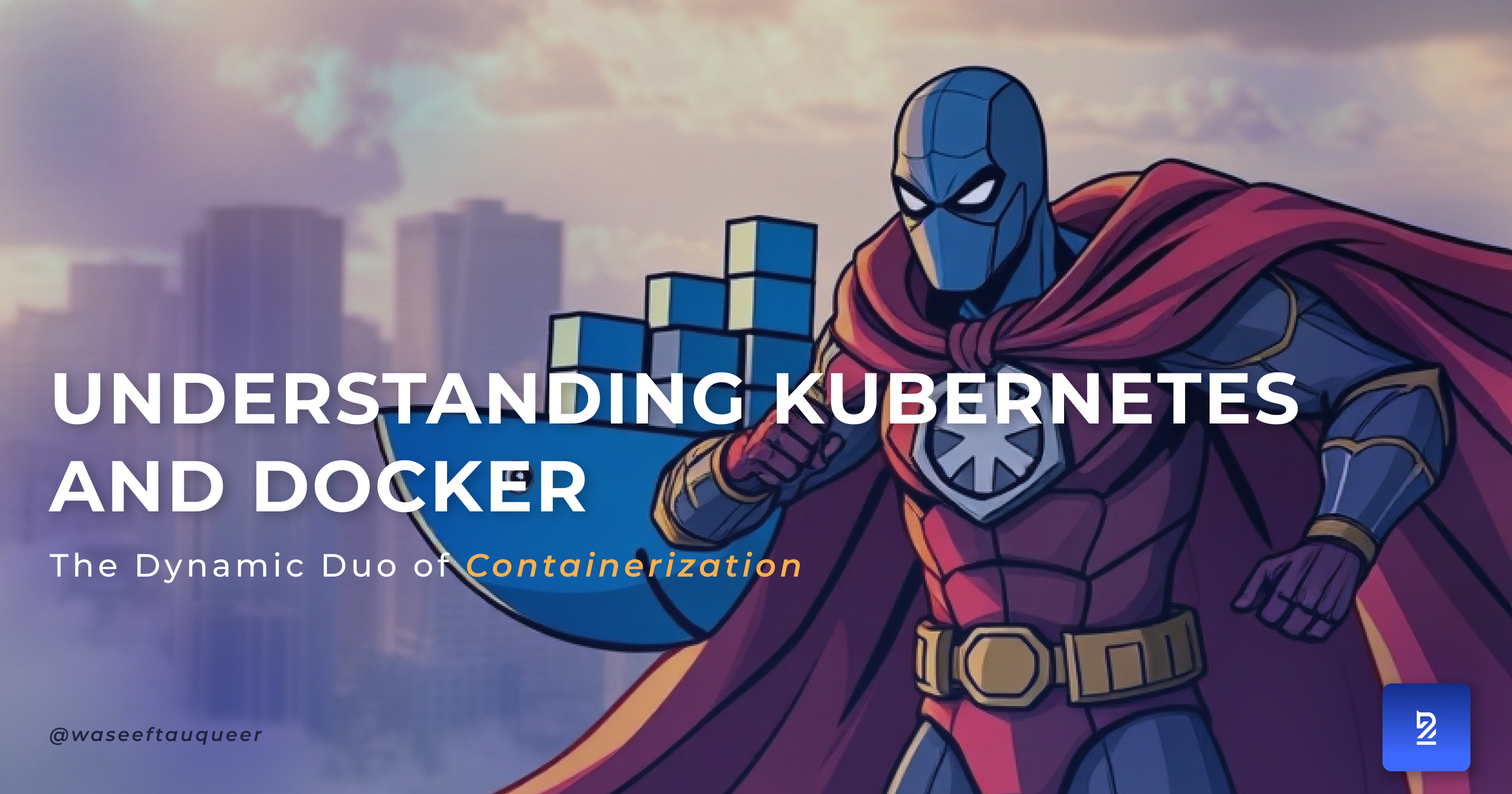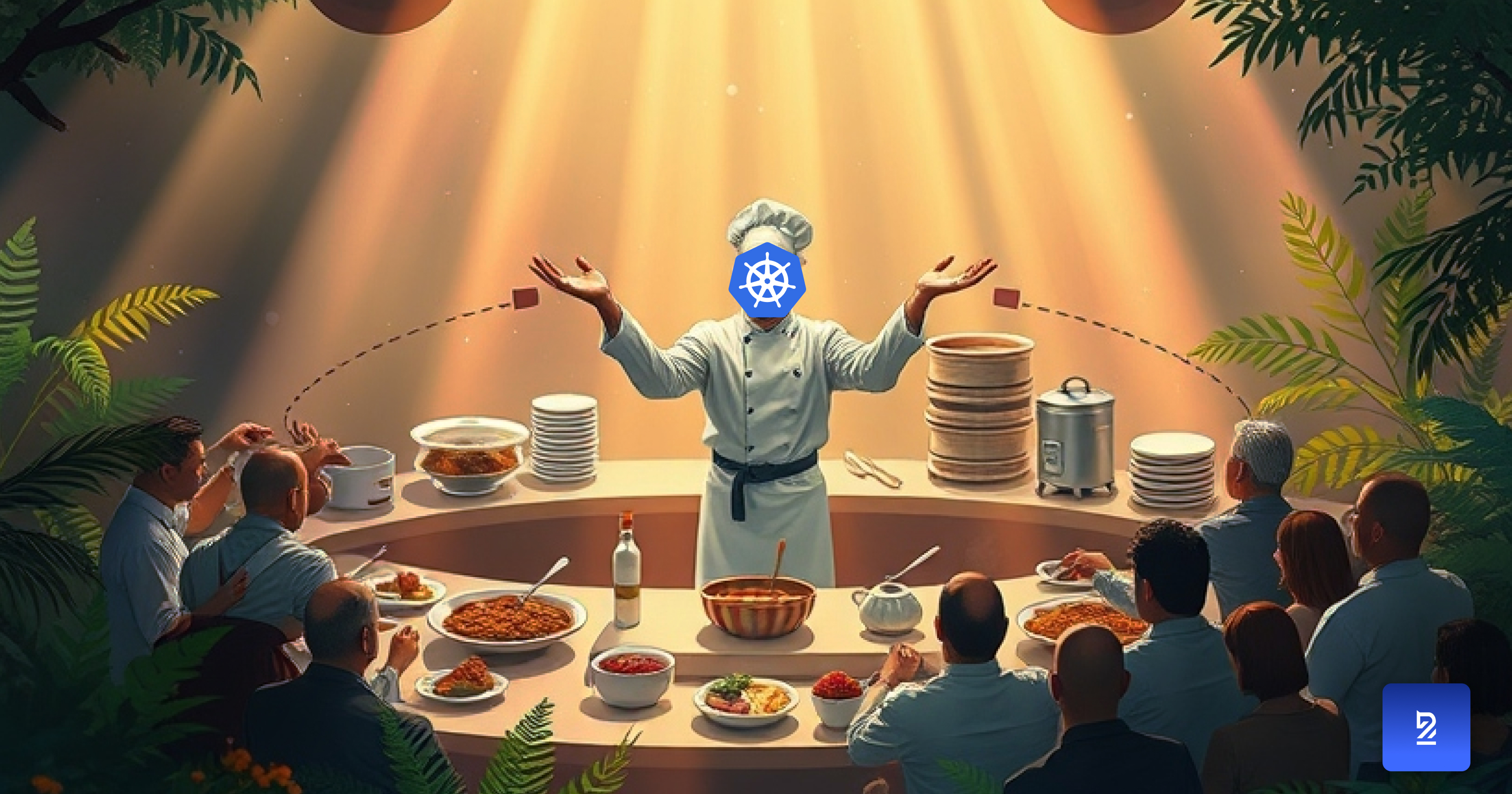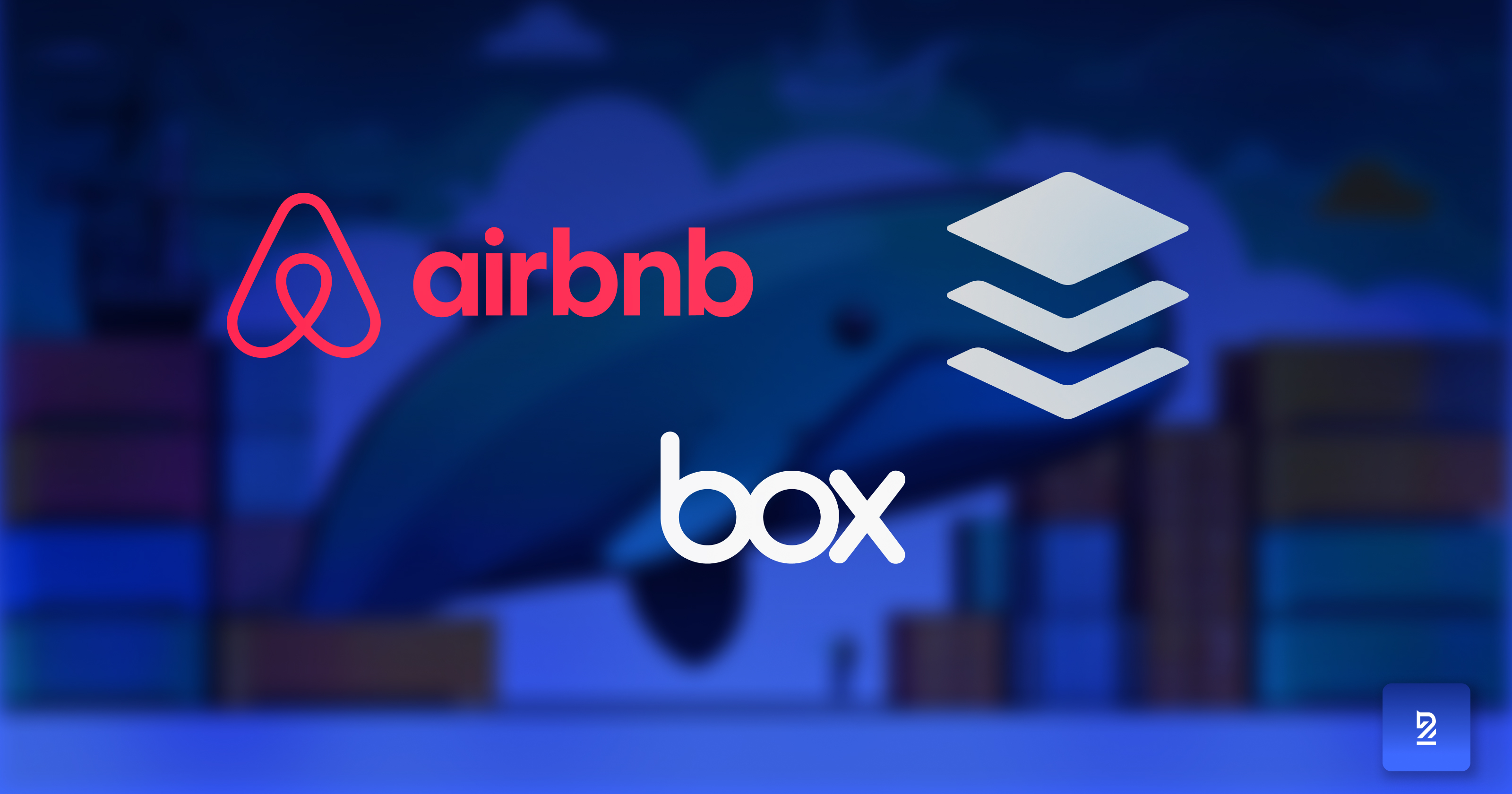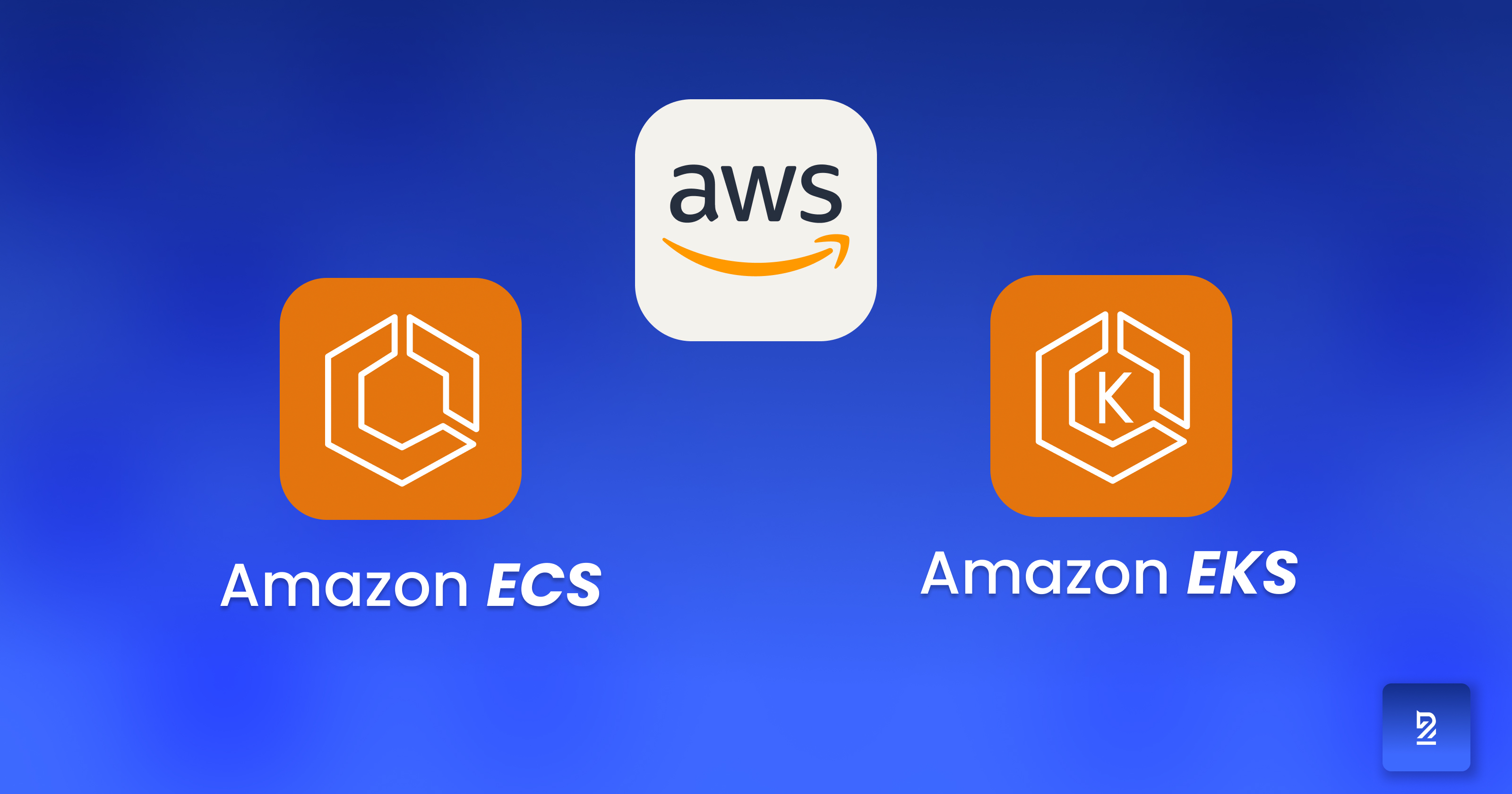Understanding Kubernetes and Docker: The Dynamic Duo of Containerization
 Waseef Tauqueer
Waseef Tauqueer
In the fast-paced world of software development, you might find yourself scratching your head over two buzzwords: Docker and Kubernetes. Think of them as Batman and Robin in the world of containerization—each has its own unique superpowers, but together, they save the day (or at least make deploying applications a lot easier). Let’s dive into their differences, uses, benefits, and how they work together like a finely tuned Batmobile!
Docker: The Container Guru

Imagine you’re transporting your signature dish to a friend’s house. You’ll need a container to keep it all together, right? That’s what Docker does for your applications—it packages them neatly in containers so they can run smoothly on any system. Docker ensures your app and all its dependencies are bundled in one “container,” solving the infamous, “It worked on my machine!” problem.
Docker Definition
Docker is an open-source containerization platform that simplifies building, deploying, and managing applications within containers. These lightweight, portable environments package everything needed to run an application, ensuring consistency across various computing environments.
Key Benefits of Docker
Consistent and Isolated Environments: Reduces discrepancies between development and production stages, leading to fewer bugs.
Cost-Effective: Accelerates image deployment times and allows for shared processes across applications.
Portability: Containers run anywhere Docker is installed, making them highly portable.
Scalability: Create and manage containers that scale according to application demand.
Versioning: Versioned images allow easy rollbacks, like having an undo button.
In short: Docker ensures your app and its environment are neatly packaged for consistency and portability.
Kubernetes: The Orchestrator

Now, imagine you’re hosting a big event with multiple dishes (containers) and dozens of hungry guests (users). You need a manager to ensure every container is served efficiently, right? That’s where Kubernetes comes in. It’s the container orchestrator, managing thousands of containers to ensure they are deployed, scaled, and maintained properly.
Kubernetes Definition
Kubernetes, also known as K8s, is an open-source container orchestration platform that automates the deployment, scaling, and management of containerized applications. It coordinates and manages multiple containers, enabling them to work together seamlessly.
Key Benefits of Kubernetes
Scalability: Scale applications up or down based on resource usage and demand.
High Availability: Minimizes downtime by automatically replacing failed containers and managing load balancing.
Multiple Cloud Capability: Runs workloads across various cloud providers or on-premises servers.
Flexibility: Works with any container runtime and supports a range of infrastructures.
In short: Kubernetes orchestrates your containers, managing their lifecycle and ensuring availability, regardless of your app’s scale.
Key Differences: Kubernetes vs. Docker
| Feature | Kubernetes | Docker |
| Purpose | Container orchestration tool | Containerization platform |
| Functionality | Manages and automates container deployment | Creates and runs containers |
| Scalability | Horizontal and vertical scaling | Supports scaling with external tools |
| Self-Healing | Automatically replaces failed containers | Lacks native self-healing |
| Load Balancing | Provides internal load balancing | Relies on third-party tools |
| Storage Orchestration | Offers storage orchestration capabilities | Depends on third-party tools |
How Docker and Kubernetes Work Together
Here’s the cool part: Docker and Kubernetes aren’t rivals—they’re partners in the cloud. Docker creates and runs containers, while Kubernetes manages and orchestrates them.
Container Creation: Docker creates and packages your app into containers using its image-building tools, holding the app code, libraries, and everything needed to run.
Container Management: Kubernetes takes these Docker containers and manages them across multiple servers, deciding where to run them, monitoring, and ensuring availability.
Fun Fact: Kubernetes originally used Docker as its default container runtime but is now moving towards containerd. Docker still plays a crucial role in packaging containers, though!
When to Use Docker Alone
There are times when Docker is all you need:
For Small Projects: Ideal for small apps or single containers, easy to set up without Kubernetes overhead.
For Local Development: Quickly spin up environments for testing, simulating production locally.
For Quick Deployments: Use Docker for quick deployments on any environment, including your favorite cloud provider.
When to Use Kubernetes?
Kubernetes becomes essential when your app needs to handle complexity:
For Large-Scale, Multi-Container Apps: Necessary for orchestrating microservices architectures with many containers.
For High Traffic Apps: Dynamically scales containers during traffic spikes with its Horizontal Pod Autoscaler.
For Complex Deployments: Provides rolling updates and supports canary releases for zero downtime.
Real-World Use Cases

Many companies successfully use Kubernetes and Docker together:
Airbnb: Manages its microservices architecture, which consists of over 2000 services.
Buffer: Deploys and manages its containerized applications using Kubernetes.
Box: Leverages Kubernetes to scale and manage its containerized services effectively.
How AWS Supports Container Management

AWS provides several container services that simplify managing container infrastructure, whether on-premises or in the cloud:
Amazon Elastic Container Service (ECS): A fully managed container orchestration service for easy deployment, management, and scaling of containerized applications.
Amazon Elastic Kubernetes Service (EKS): A managed Kubernetes service that facilitates running Kubernetes in the AWS Cloud, automatically managing availability and scalability of the Kubernetes control plane nodes.
Conclusion: Teamwork Makes the Dream Work
Docker and Kubernetes are the ultimate dream team for cloud deployments. Docker packages your app, while Kubernetes manages and scales those containers seamlessly.
Whether it’s a small project or a high-traffic app, let them handle the heavy lifting so you can relax with a snack. 🍿 For smaller projects, Docker is ideal, but for larger, complex applications, Kubernetes offers powerful orchestration.
Subscribe to my newsletter
Read articles from Waseef Tauqueer directly inside your inbox. Subscribe to the newsletter, and don't miss out.
Written by

Waseef Tauqueer
Waseef Tauqueer
☁️ Cloud & DevOps Enthusiast | Engineering Student 🔧 Passionate about automation, infrastructure, and scaling solutions 📝 Sharing insights and projects at Tech Crusading